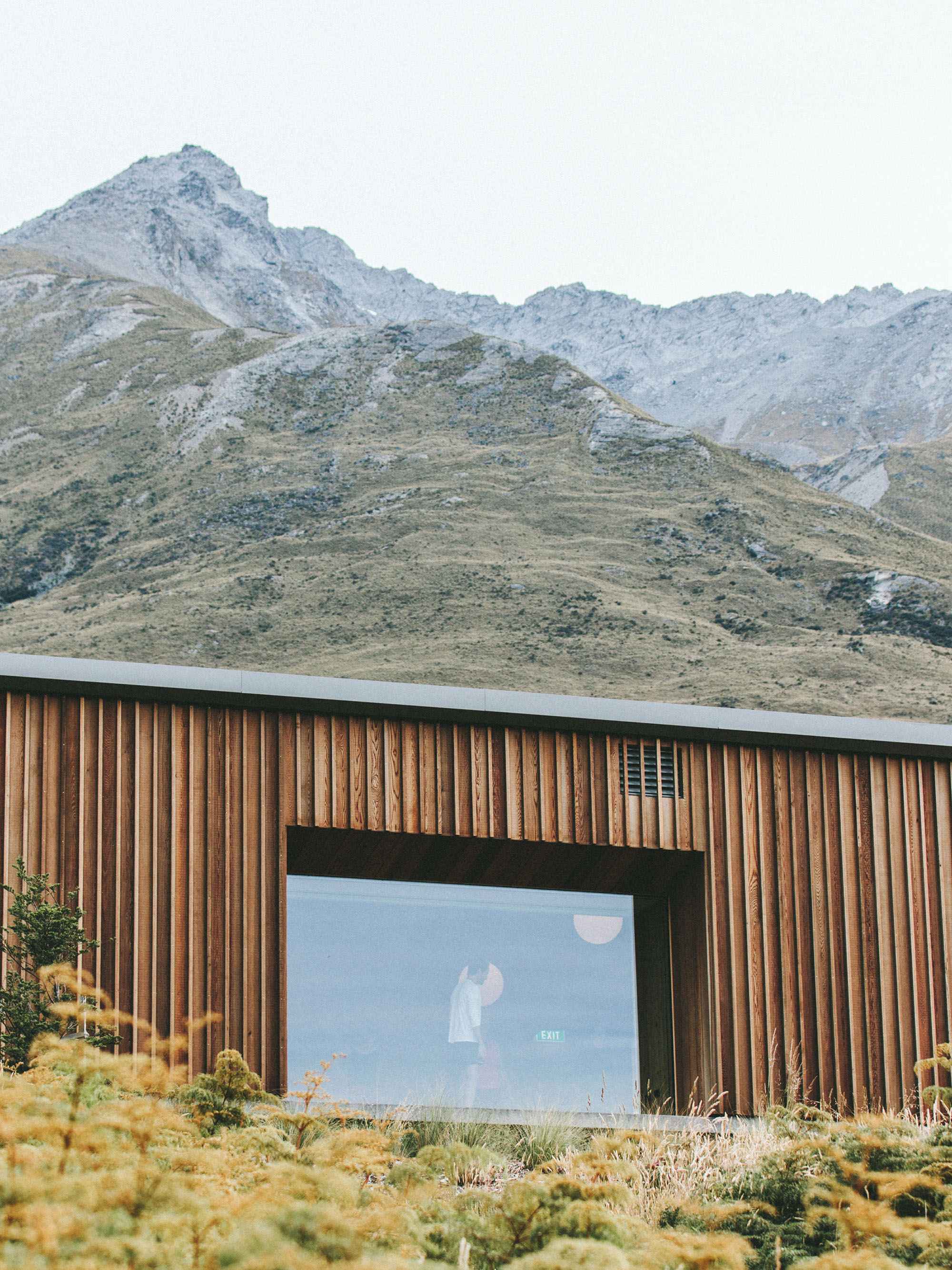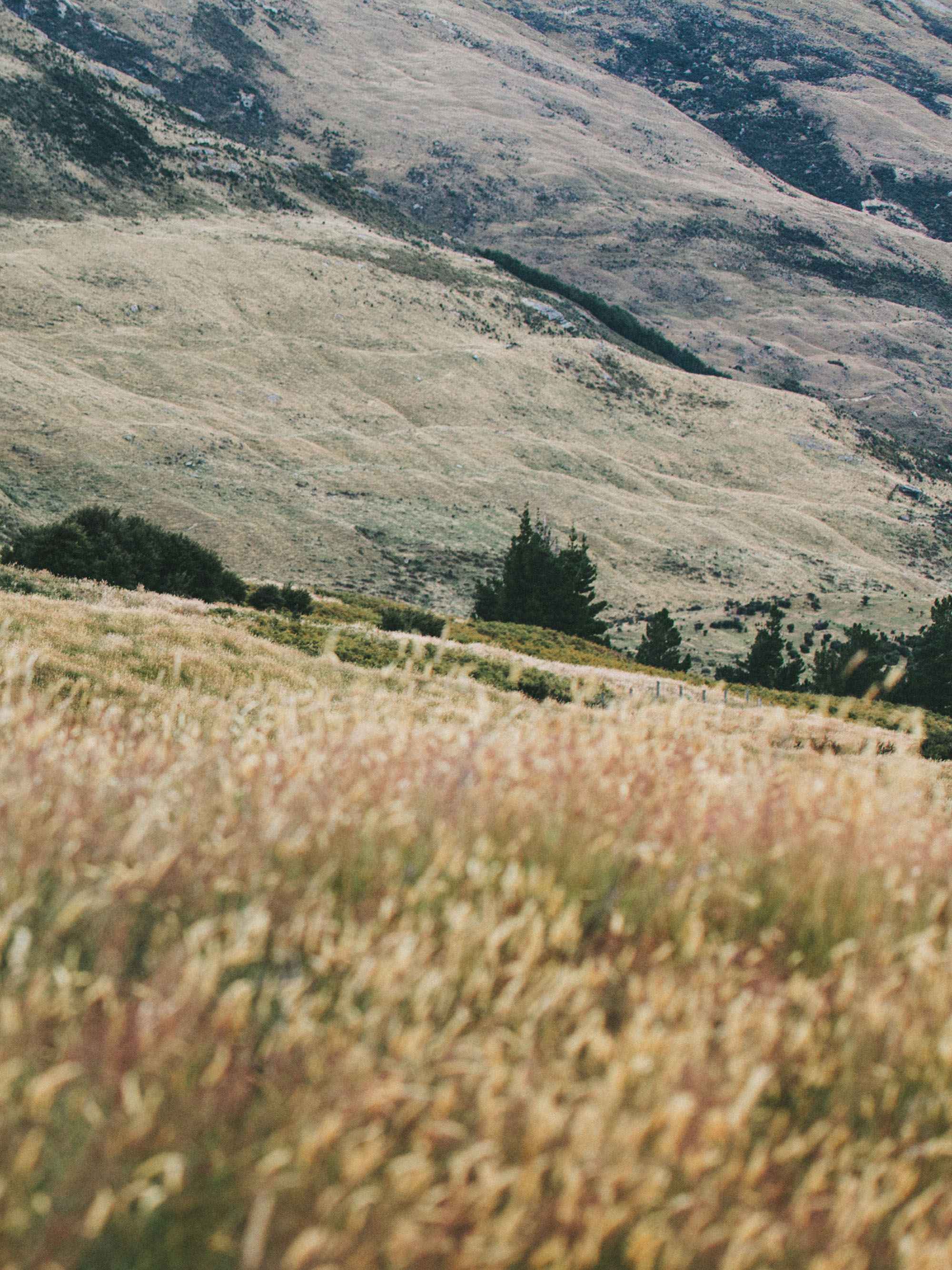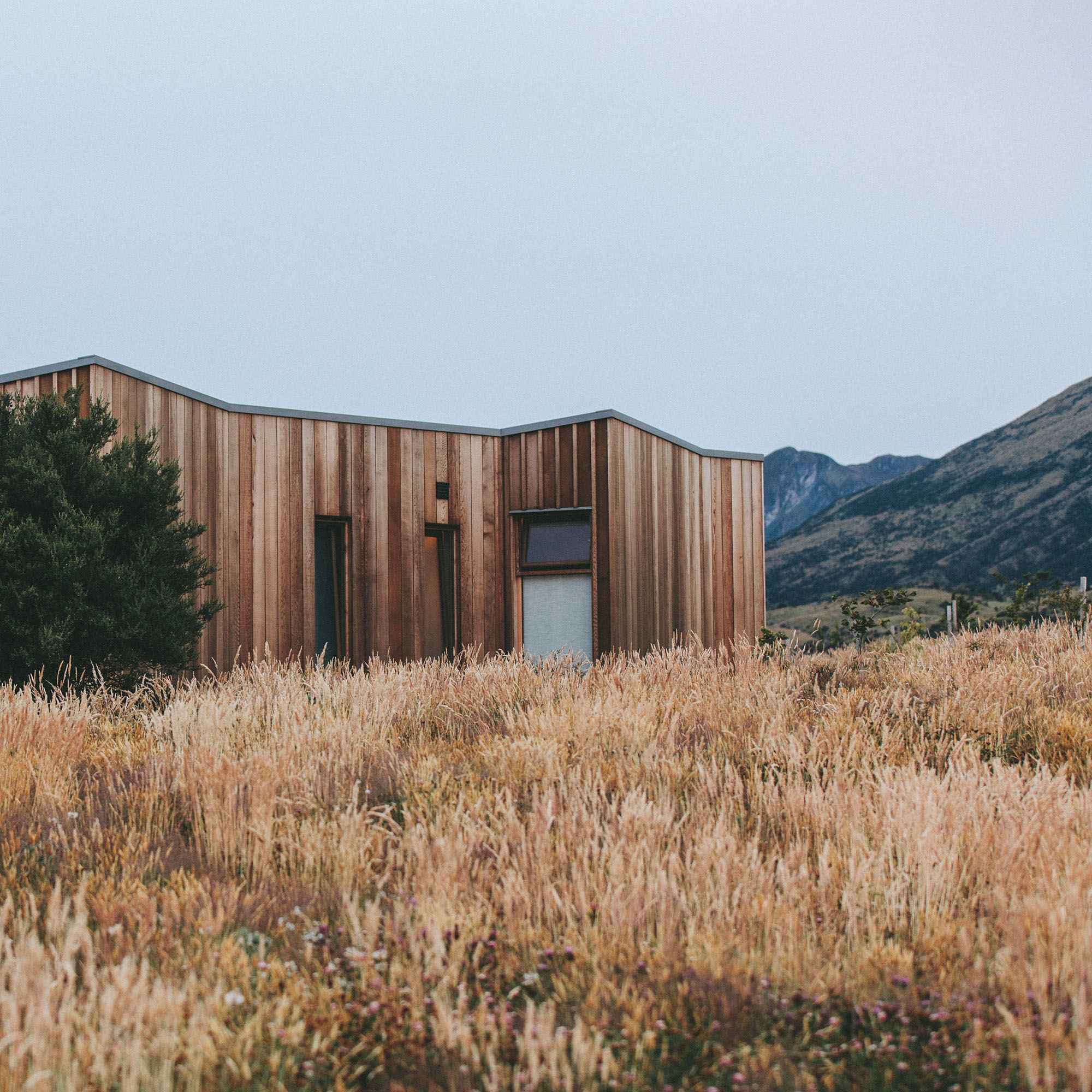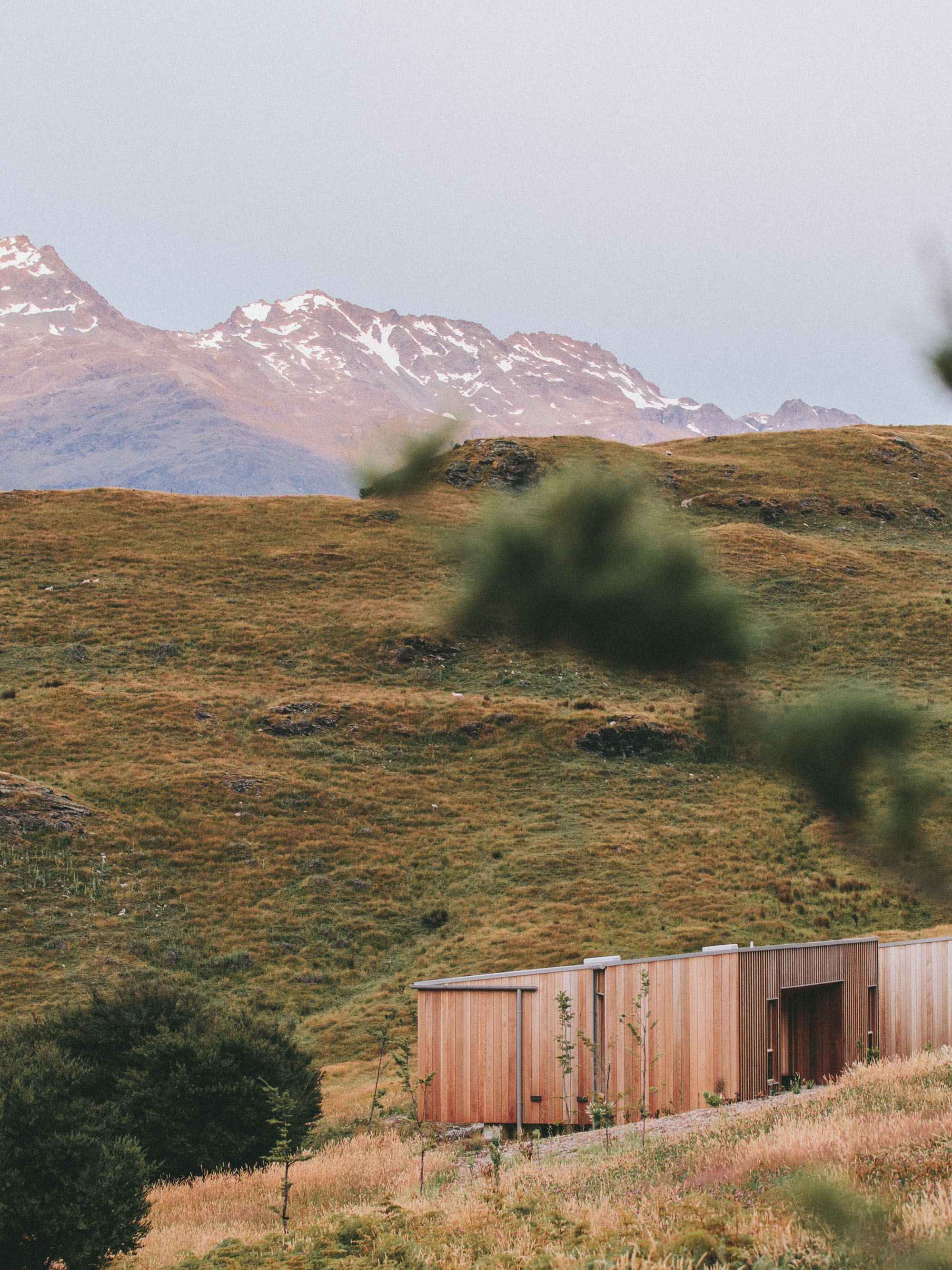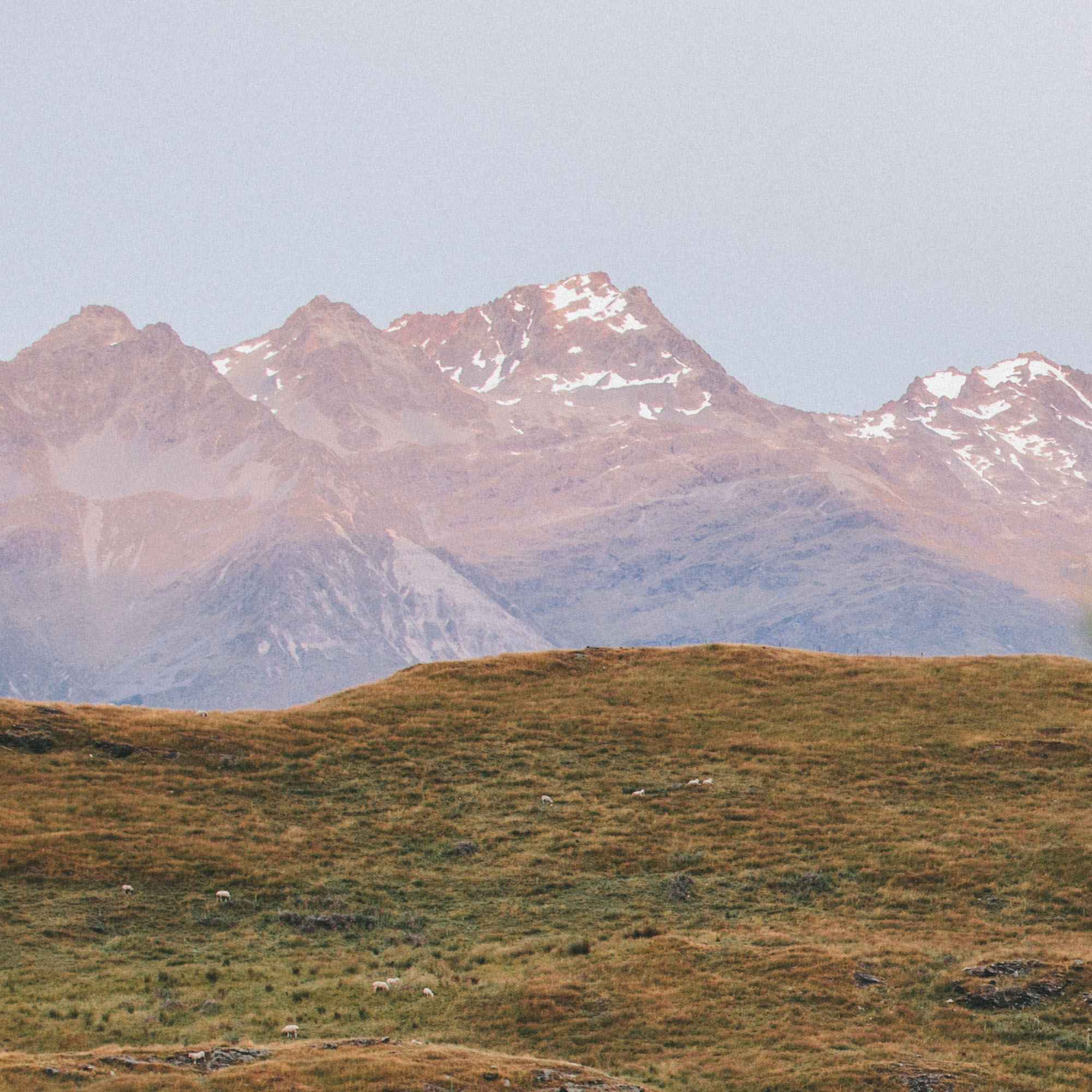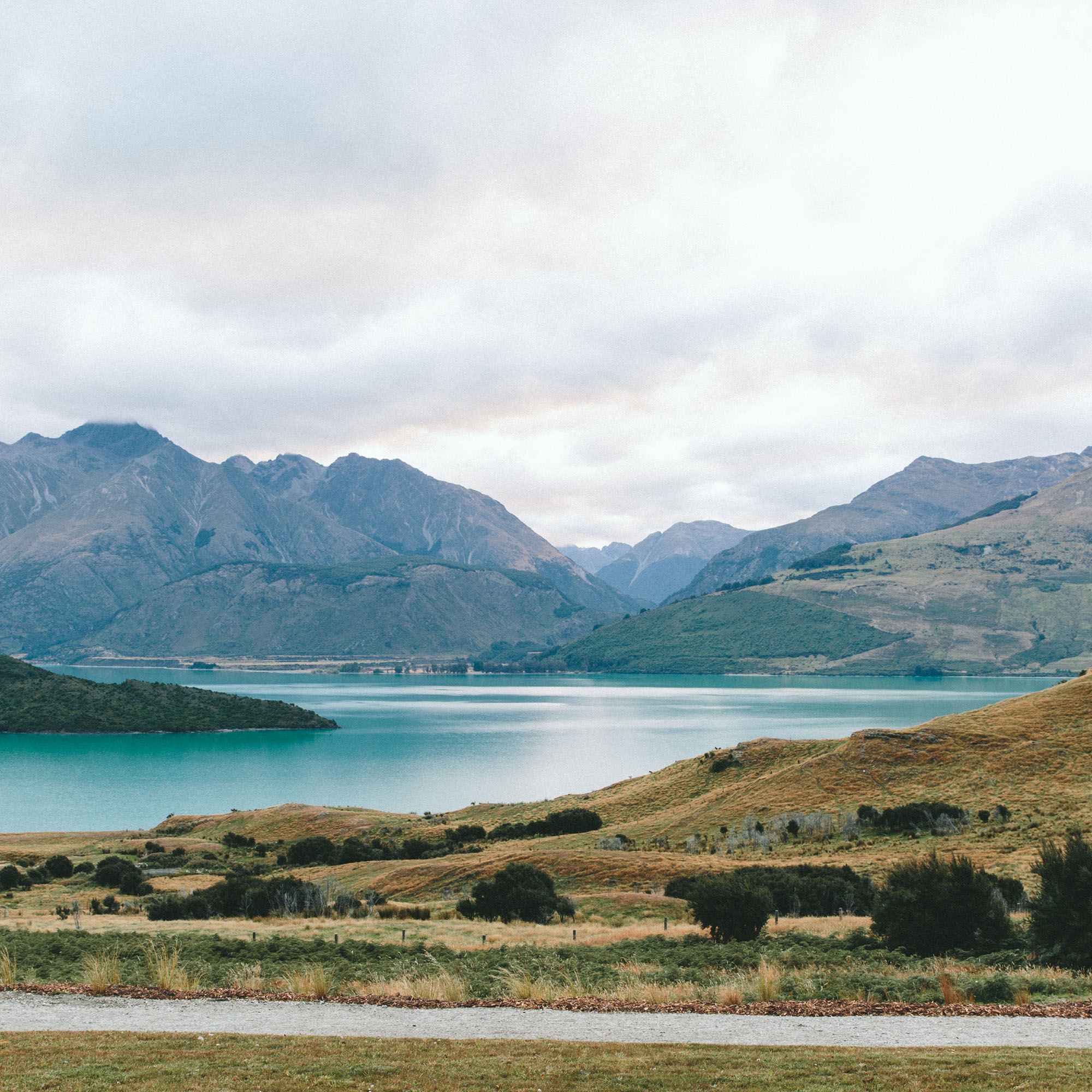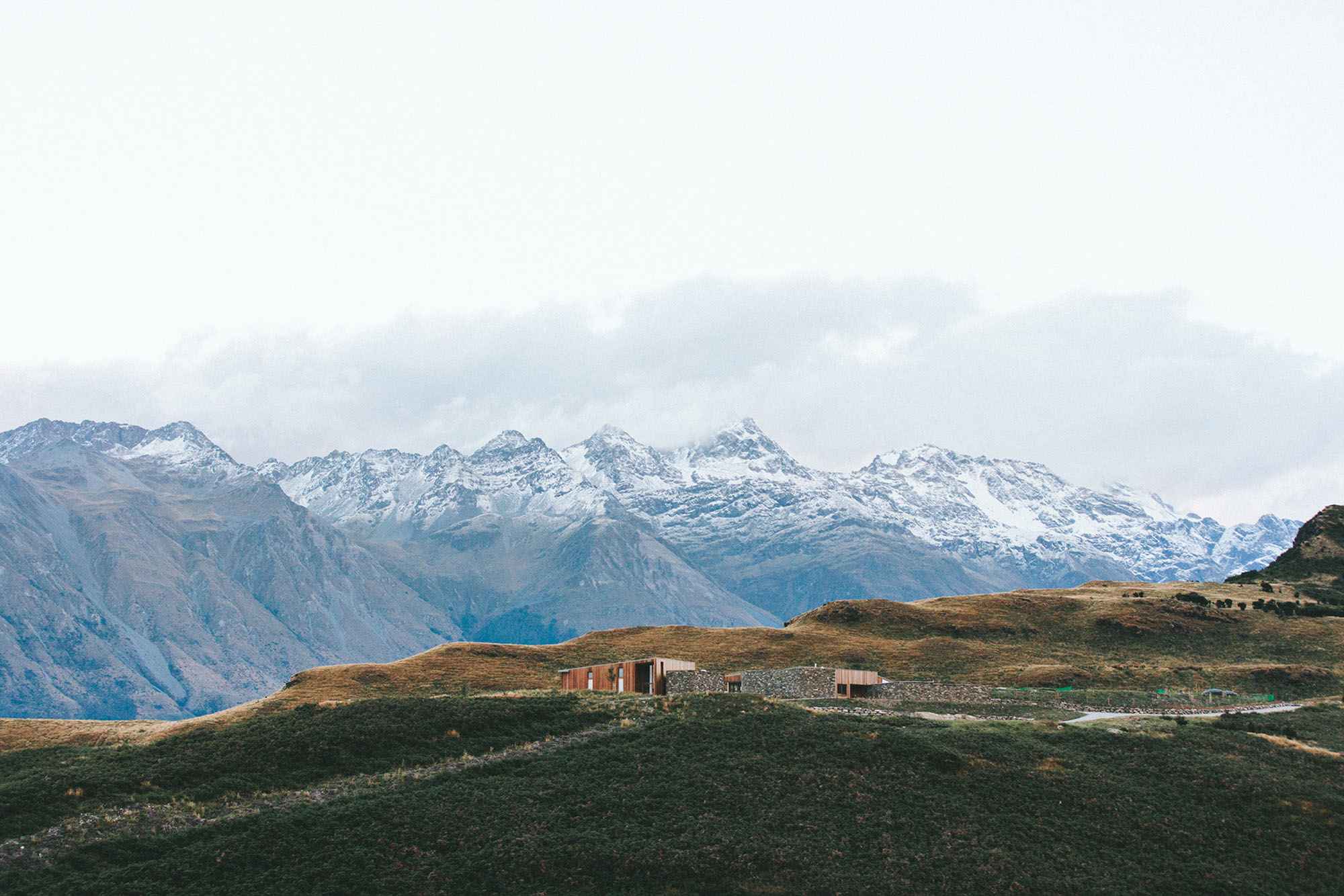In the Yoga Sutra, a collection of texts written between the second century BCE and fifth century CE, philosophers outline an eight-limbed (read post “What Are The 8 Limbs of Yoga?”), step-by-step path for purifying the body and mind. The ultimate goal: to help practitioners cultivate a steady mind, leading to calm bliss. The first two stops on the path are ethical principles that are supposed to guide how we relate to other people and how we take care of ourselves. They’re called the Yamas (social restraints) and the Niyamas (self-disciplines).
Read MoreA Seeker’s Guide to Bhakti Yoga
The path of bhakti yoga allows us to use all of our senses, all of our emotions, and all of our actions to express love in our daily interactions and offer them to whatever form of God suits our individual personalities and cultural upbringing, whether it be Krishna, Christ, Allah, Yahweh, Hanuman, the Divine Mother, or some other aspect. In bhakti yoga, no form of God is superior to another. Each is equally respected as a valid manifestation of the one underlying principle of pure consciousness.
Read MoreA Basic Introduction to the Chakras
Many of us have heard the term ‘chakra’, however, don’t really have a clear understanding of what a chakra is and how they can relate to our yoga practice, then into our day to day lives. Sometimes we can experience unexpected emotions during a practice, yet have no idea why. The article below provides an introduction to the chakra system and how your yoga practice and experience may be influenced by the chakras, without you realising.
Channel more confidence, creativity, and joy in your life with a basic understanding of your body's energy centres.
It’s too bad our problems don’t stay behind with our shoes when we step into the yoga studio. Too often, we get on the mat feeling overwhelmed, stressed or in need of an energy boost. But the right class can leave us feeling clearer, lighter, and refreshed. Credit the stress-busting powers of a good workout? Sure. But many teachers would also chalk this up to the unique way that yoga poses and breathwork move blocked prana (life force) through the subtle body.
According to yoga tradition, the subtle body is a part of you that you can’t see or touch—it’s where your energy flows, which is why it’s also referred to as the energy body. There are seven key points in the subtle body that are thought to be vortexes of energy, known as chakras. When energy becomes blocked in a chakra, it triggers physical, mental, or emotional imbalances that can manifest in symptoms such as anxiety, lethargy, or poor digestion. A well-tuned asana practice can free up energy and stimulate an imbalanced chakra, paving the way for that wonderful internal shift for which yoga is known.
The most direct way to use the chakras is to learn how each one is associated with an element in nature. As Alan Finger explains, the first five chakras are associated with the physical elements earth, water, fire, air, and ether (or space). The last two chakras are thought to connect us beyond the earthly realm, so they are associated with the elements of light and cosmic energy.
Once you learn the element that each chakra is associated with, you can start to suss out how that element feels in your body. And thinking about your body in these symbolic terms can help you access new stores of energy. For example, the root chakra is associated with earth. When it’s in balance, we feel strong and grounded; when it’s out of balance, we may feel unrooted and insecure. Or take the pelvic chakra, which is associated with water. When it’s in balance, we feel fluid and like our creative juices are flowing. When it’s not, we might feel rigid, dry, or emotionally brittle.
In order to restore balance in your chakras, you must first tune in to how you’re feeling, then figure out which chakra to stimulate to counteract the imbalance. For example, if you’re feeling low in energy, you can do poses that target the navel chakra to rekindle your inner fire. If you’re feeling anxious and long to feel more grounded, choose poses for the earthy root chakra. Or if you seek more courage to speak your truth, the right poses can open and stimulate the throat chakra.
The effects of a chakra-based practice can have a tangible, empowering ripple effect on your life. Jasmine Tarkeshi, vinyasa teacher and cofounder of Laughing Lotus Yoga Center, says she’s been doing more root-chakra practices since becoming a new mum, and the effect is palpable. “If I’m feeling frenzied, I hold the poses longer to feel more grounded and present,” she says. “It informs the rest of my day to the point where maybe I’m not losing my keys so much or I’m not so busy or forgetful that I skip lunch. If I specifically use the poses medicinally rather than just haphazardly, I can really change my day.”
For a more restorative, meditative approach, first close your eyes while seated and envision the colour associated with the chakra radiating from the chakra’s location, as you repeat the sound associated with it. Remember, the changes to the subtle body can’t be touched or measured. You have to trust your inner experience to feel them and to recognise their benefits. Claire Missingham, a London-based vinyasa flow yoga teacher, advises trying chakra-based poses for four weeks and keeping a journal of how you feel after each practice. Keep your notes simple, and write down any changes you feel in your energy, such as, “calmed me down” or “helped me communicate more clearly.” Keeping track this way just might help you see how tuning in to the chakras can help you shift more than just your physical state.
Muladhara (Root Chakra)
Element: Earth
Colour: Red
Sound: Lam
Life theme:
The Muladhara chakra governs your family ties and feelings of survival, belonging, and guardedness. Your earliest memories are stored here, including whether or not your basic needs were met. When it is blocked or out of balance, you can become needy, have low self-esteem, or have self-destructive behaviours. When Muladhara is in balance, you feel strong and confident; you can stand up on your own two feet and take care of yourself.
Example pose: Tree pose – Vrksasana
Svadhisthana (Sacral or Pelvic Chakra)
Element: Water
Colour: Orange
Sound: Yam
Life theme:
This chakra corresponds with your reproductive and sexual organs, and represents fluidity, creativity, and fertility. When it’s out of balance, you can feel emotionally unstable, guilty, or hard on yourself. When Svadhisthana in balance, you feel creative, positive, and receptive to change—like the ocean and its tides, you’re in the flow.
Example pose: Goddess pose – Deviasana
Manipura (Navel Chakra)
Element: Fire
Colour: Yellow
Sound: Ram
Life theme:
When the Manipura is in balance, you feel alive and have the self-esteem and confidence to take action and be productive. When it’s blocked, you lack courage, have low self-esteem, and feel stagnant and inert. By working on this chakra, you can awaken your true personal inner power and work through your fear of taking risks.
Example pose: Boat pose – Navasana
Anahata (Heart Chakra)
Element: Air
Color: Green
Sound: Yam
Life Theme:
Awaken to the power of unconditional love within you through compassion, forgiveness, and acceptance. When the heart chakra is blocked, you become possessive and co-dependent, and may form dysfunctional relationships. You may also stay isolated for fear of rejection. When you stimulate the Anahata chakra, you can heal past wounds by reopening your heart, learn to love unconditionally, and form healthy relationships.
Pose example: Camel – Ustrasana
Vishuddha (Throat Chakra)
Element: Ether
Colour: Blue
Sound: Ham
Lift theme:
When Vishuddha is blocked, you may feel like you can’t find your voice or your truth. You may also be overly talkative and not listen to others. When this chakra is open and stimulated, your voice moves through space to help you communicate your emotions in healthy ways. You also become better at listening to others and honouring their personal truths without judgment.
Pose example: Supported shoulderstand - Salamba Sarvangasana
Anja (Third-Eye Chakra)
Element: Light
Colour: Indigo
Sound: OM
Life theme:
This chakra is associated with your intuition, or sixth sense, and governs how the rest of the chakras function. When Ajna is functioning well, you have insight, and you trust your inner wisdom to face life’s challenges and choices. When it’s blocked, you feel close-minded, too attached to logic, untrusting, and cynical. Working on the sixth chakra opens your mind to the bigger picture and different perspectives, and it helps you receive the wisdom that cannot be seen or heard by ordinary senses.
Example pose: Sukhasana
Sahasrara (Crown Chakra)
Element: Cosmic Energy
Color: Violet or White
Sound: OM
Life theme:
The crown chakra connects to beauty itself and the spiritual realm. It helps you to understand who you are beyond your physical self—that you are a spiritual being having a human experience. It is not located in the body but actually hovers above the crown of the head. When it’s closed, you think happiness can only come from the outside, and you suffer. Working on this chakra helps you to feel free in any situation.
Example pose: Corpse pose – Savasana
Source: https://www.yogajournal.com/practice/yoga-sequences-level/beginners-guide-chakras/
Original author: Andrea Ferretti
FOLLOW US ON INSTAGRAM FOR HOW TO VIDEOS, TIP AND TRICKS, YOGA INSPO AND MUCH MORE!
Moving Beyond Asana with Morgane Stroobant
Morgane TIY’s very own Bhakti Yogi. She has been practicing yoga for 15 years and shares her learnings and discoveries beautifully with her students. We sat down with Morgane to find out more about her practice and the passion behind it.
Can you tell us why this is an area you are passionate about and want to share with others?
That could be written in a book, or many books. For me, although I need the physical practice to get into my body, the practice has never been just about the physical asana. So like everyone, I need the asana but I am not attached to it, I never really was so I don’t have this obsession that students can commonly have like ‘I need to nail this pose’, ‘I need to nail that pose’, ‘I need to go deeper’.
I do the work and I do strong practices. I practice with Ari for that reason, because I need to get into my body and my breath and do a practice that makes sense and that actually allows you to go deeper into the asana practice, so you can let go of the asana practice. It’s one of the sutras - steady, effort, ease and surrender. We do the part that we need to do, we practice, we welcome all the limitations we face on our mat and we get excited about that. We encounter all the physical limitation in the asana but also the mental, emotional and spiritual limitations. These will present on your mat pretty obviously if you are open and curious, that is what I get excited about - how can we use the practice to welcome those limitations and beyond so we can live the yoga outside of the studio. That's where life happens, that's where pandemic happens, that's where losing jobs happen, relationship issues happen. So if we can’t take the practice beyond the mat and asana, we are not going to feel that peace and freedom when life gets messy, and it does all the time. I think finding tools to go beyond the asana, beyond the mat is how we find that peace. The asana is one tiny part of the picture so we can have all these tools in the box meaning we not only have the physical practice but we can also tune in to the breath, mantra and meditation at any time. Tune back in to that space of higher self - that inner wisdom, that internal landscape and when you're in a meeting with your boss, or driving, or dealing with drama/ trauma you're not going to break into an asana practice but you have these other tools ready to come and support and bring you back to peace, freedom and equanimity. You can use these in any situation and you can hopefully share that with others as well. There’s that ripple effect, like when you meet others who have this grace and wisdom, like Ari and some of my others teacher, they practice their yoga and they embody the yoga off the mat and practice what they teach, that’s what I try to do but it’s not easy, it’s difficult.
So many people can’t tap in to meditation and I wasn’t able to for a long time until I found mantra so it’s just giving people an awareness of what other tools are out there. I am excited to share what I love most and what works for me and to support the community and to help provide the tools to stay curious and work through stuff with strength and grace and wisdom. A lot of people feel they don’t have it but it’s there, we just need to tap into it.
For many, the physical asana practice is what draws them to yoga - as you touched on earlier. Why do you believe it is so important to grow beyond that?
For those who are attached to the physical practice, I think it is good to understand that as westerners, this helps us to find yoga because we need to move, it is important to move the body. When we move the body we can tap into the breath and it is much easier to breathe when sitting down than when the muscles start to shake or the mental constructs come into play e.g. I'm not flexible enough, I need to do more, I should push more, I'm not bendy enough, why is this person in a deeper backbend than me etc. So for those who love the asana practice, it is a great way to introduce you to yoga and then find out through that the tools that may lead you to something that is a bit more holistic.
It will still be a strong physical practice and we need to move, we need to be in our body and to get the breath and energy going, so that will be a big part of it. We’re not ignoring the physical part at all, we are just using it as our point of departure and then we see if we can go a little bit deeper, a little bit further than that.
Is tHIS PART OF THE PRACTICE SUITABLE FOR everyone?
Yes it is accessible to everyone, anyone with a curious mind. Whether you love a progressive class or you want a slow flow, there will be that, whether you have touched on meditation and mantra or not, there will be that as well. It’s worth mentioning that mantra is not religious, it is accessible to everyone, regardless of our background or culture. It was not religious the way I was taught it and that is how I teach it. We use mantra to transcend the mind, to go beyond the thinking mind, using sound to go back to that inner sound, that place of stillness and silence and equanimity. That is the mantra practice itself. They say it is the fastest journey to that space because we are using this practice that goes right deep in to the cells and parasympathetic nervous system, that’s why there's always silence after we sing or chant. That's what students have told me as well, for the 60 minute asana practice they have still been caught up in their head but then comes savasana and they hear me sing or chant and can just let go. So it is powerful but not religious. Pranayama is self explanatory, it's how to come to your breath. Meditation is the nectar, what happens after all of that. The asana practice should be accessible to everyone because I teach in a similar way to Ari, who is my teacher and mentor so we have a similar sequencing style in that you can choose if you want a more chilled practice or to spice it up.
What exactly is meant by ‘the higher self’?
The higher self is that space of, well, some people call it love, soul, spirit, higher consciousness. Something that is greater than the self, greater than the personality, the body, the meat suit in this lifetime and that is something that we try to connect to. That's the practice of yoga, the practice of connecting to oneness. Whatever we want to call it - soul, love, god, universe. We have our personality in this lifetime, our karma, our purpose, but we also have this place of oneness, connection to something greater. Something that is divine without being religious, if you get what I mean. So you don't have to be religious to understand that there is something a little greater, you may be connected to the earth, the ocean, just that place that is bigger than us and that we reconnect to, where we step out of our way and find a little peace. Once you connect to that space you find more freedom and equanimity and that's the space where there's no fear, anxiety, wishing, resentment, holding on to the good stuff. That's the higher self.
is there anything else you want to share?
As we know, the asana is only one tiny 8th of the yoga tree. I want students to gain the tools they can explore further and that have hopefully I made an impact on them to take their practice beyond the asana. Also understanding that the physical practice doesn't matter in the end, it's how you breathe and how you sit. The point is to come back to silence and that space in between where there is peace and freedom, which is definitely not relying on your level of asana practice or whether you can get into a handstand, do full splits or a deep back bend. It’s not about what you see on Instagram. It's about how we can bring the yoga into our lives when things get complicated. That's the yoga and hopefully these tools can support students in their lives and perhaps make them a little less asana obsessed in that if they can’t make it to their mat for whatever reason, they understand that there are still other ways they can practice yoga regardless.
Click here if you would like to learn more about Morgane!
Author: This is Yoga
FOLLOW US ON INSTAGRAM FOR HOW TO VIDEOS, TIP AND TRICKS, YOGA INSPO AND MUCH MORE!
Where it All Began - The Yoga story
So where to start? Lets start at the beginning.
अथ योगानुशासनम्
atha yoga anuśāsanam
With prayers for divine blessings, now begins an exposition of the sacred art of yoga.
~ Yoga Sutra 1.1
atha - now, auspiciousness, a prayer, a good omen
yoga - joining, union, junction, application, deep meditation, contemplation of the Supreme Spirit
anuśāsanam - advice, direction, guidance given in a procedural form
Whether you have just landed for the first time in the realm of yoga, on this page or been dedicated or dabbling for years, there is something about just landing on the mat as we are, where we are as an accumulation of all our experiences that we can relate to.
Yoga is an ancient practice, steeped in wisdom from sages and rishis in India who began to open up the exploration of us as individuals as a part of a much grander and intelligent system. The word itself, yoga means ‘union’ or ‘to yoke’ and offers us a philosophy for living, a state of mind and a discipline that allows us in this modern world to open up to that universal connection.
The first written recordings of yoga philosophy came about some 2500 years ago from the renowned sage, Patanjali. These recordings known as The Yoga Sūtras, a collection of aphorisms, outline the eight limbs of yoga as a serious of ‘threads’ of wisdom, or ‘seed’ teachings offering potent tools and steps to living a meaningful and purposeful life.
The sage Patanjali outlined for us in these sutras the Eight Limbed Path (more on that to come), steps toward an enlightened blissful state that apply now as the yogis code for living and moving through the world with a higher awareness.
Though there is not necessarily one such text that the philosophy and practise of yoga is based on, the Yoga Sutras do provide the most succinct guide that we can look into, practise with and meditate on. We can use these threads to guide us through our steps into fulfilling our potential, landing on our most true path and discovering the most meaningful life we can live. The first sutra (above) can be with us in any given moment to bring us into the present moment.
As we land on our mats - yes of course, however more importantly in those moments of frustration in a queue, when we want to be present with our kids, friends or partner, when we need to apply our focus or make an important decision - we can remember that feeling from the mat of ‘now’.
That in this moment, atha, my life has given me preparation and practice to allow me to be here now, present and awake.
FOLLOW US ON INSTAGRAM FOR HOW TO VIDEOS, TIP AND TRICKS, YOGA INSPO AND MUCH MORE!
Eight Steps to Freedom
Like many eastern timeless philosophies for living, pathways were developed by the ancients to map the way for seekers heading for the answers to their biggest questions.
A pathway toward ‘enlightenment’ was the most revered course a person could take in their life and these days these maps are as relevant in a modern world as they were then.
In a busy, stimulated world where we are getting more and more separated from nature, where convenience and technology can have us sleepwalking through our day, it is easy to become separated from our hearts and Yoga is like the map keeping us close to our true nature.
Its a map we can use when we look more deeply into the effects of our yoga practise… is it reducing our stress? Is it opening our minds and allowing us to become more aware of our actions? Is it helping us to understand our emotions such as jealousy, anger, fear and hatred?
There are four traditional schools of Yoga. Jnana Yoga, Bhakti Yoga, Karma Yoga, and Raja Yoga. They describe various approaches to the practise of yoga and while a yogi or yogini may focus more on one path at different times, they are like four threads that form the larger tapestry of a balanced yoga practise.
The path of practise we are most familiar with here in the west is the path of Raja Yoga, also known as Astanga Yoga (not the modern set series developed by Sri K Pattabhi Jois), the Eight Steps of Yoga.
It is the path of self-discipline and practice and is often referred to as “classical yoga” as it emphasises meditation, while encompassing the whole of Yoga.
The steps directly deal with encountering and transcending thoughts of the mind to a clearer, free and awakened state.
The Yoga Sutras, a collection of texts written by a Patanjali drawn from philosophers of centuries of study and practice of yoga, outlines an eight-limbed, step-by-step path for purifying the body and mind.
Its eventual desired result is to help practitioners cultivate a steady mind, leading to calm bliss. Our most pure and natural state of being.
The Eight Steps or Eight Limbs are known as:
1. Yama - Self-control
2. Niyama - Discipline
3. Asana - Postures and exercises that firmly root the body to the earth
4. Pranayama - Control of life force through the awareness of breathing
5. Pratyahara - Withdrawal of the senses from the external world
6. Dharana - Holding of awareness in concentration
7. Dhyana - Moving into quietness, meditation
8. Samadhi - Absorption into higher realms of consciousness, bliss.
These steps are what we move through everytime you practise, perhaps not in that order but you go through the stages as you land on your mat, move your body with your breath and begin to quieten down from the busyness of life.




